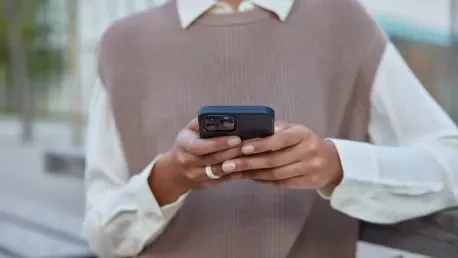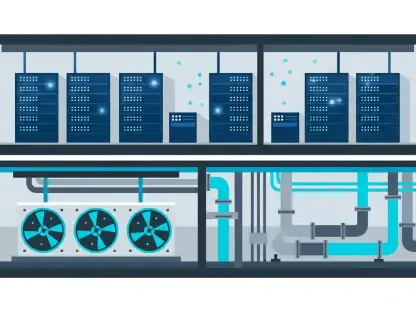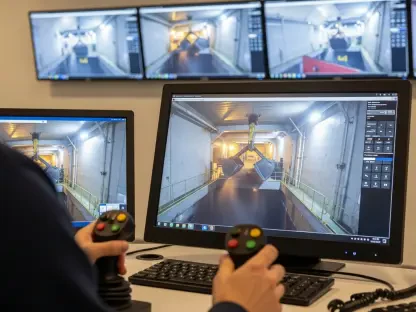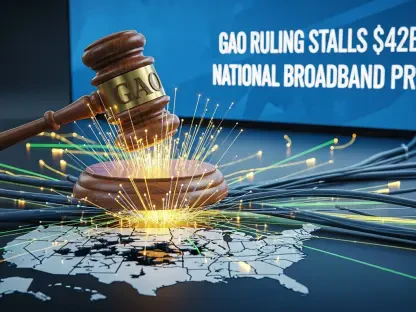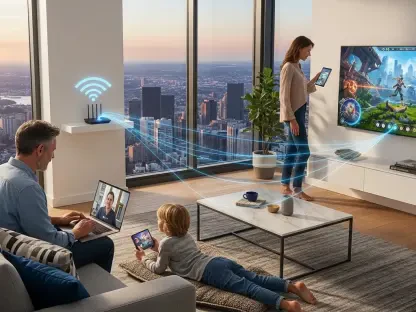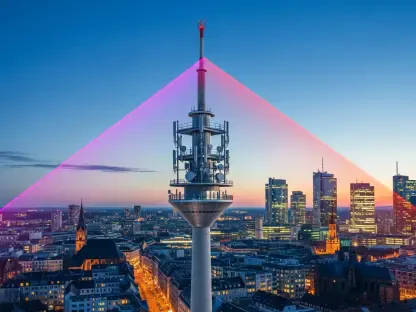In today’s world, the demand for seamless connectivity is greater than ever, with every missed call or lost connection causing potential disruptions, as individuals frequently encounter “dead zones” or regions with inadequate cellular reception where signals become weak or nonexistent. These areas are found in homes, offices, and often in outdoor settings. Cell phone boosters are engineered to tackle this issue by enhancing cellular connectivity, ensuring users maintain solid connections wherever they are. These devices function by amplifying existing signals from nearby cell towers, rather than creating signals independently, making them crucial for both urban residents and outdoor adventurers.
Home and Office Solutions
The SureCall Flare 3.0 stands out as an excellent choice for enhancing indoor cellular reception, offering both aesthetic appeal and technical efficiency. Its sleek design easily fits into any home or office decor, providing reliable service over approximately 3,500 square feet. It is designed to support all major carriers, including Verizon, AT&T, Sprint, and T-Mobile. The combined use of a directional outdoor antenna and an omnidirectional indoor antenna ensures optimal signal amplification, resulting in improved data speeds and a noticeable decrease in dropped calls. SureCall Flare 3.0’s ease of installation, which requires little technical know-how, makes it a favorable option for users seeking a straightforward solution to amplify indoor cellular signals.
Investing in a more economical option like the HiBoost Home Cell Phone Signal Booster can be an effective strategy for those seeking to enhance connectivity in smaller spaces. Retailing for less than $300, this booster provides robust support for multiple cell phones within a range of approximately 2,000 square feet. Its user-friendly LCD screen, which displays real-time signal strength, allows users to adjust and optimize performance effortlessly. The HiBoost Home Booster combines cost-effectiveness with reliability, backed by a money-back guarantee and a three-year warranty. This makes it an attractive option for consumers desiring quality performance without a significant financial outlay.
Outdoor and All-Terrain Solutions
For those whose adventures lead them beyond the city’s connectivity, the weBoost Drive Reach Overland Cell Signal Booster is specifically tailored for rugged outdoor environments. Designed to withstand harsh conditions, it’s well-suited for vehicles traversing diverse terrains. Its all-weather resistance and rugged construction make it an indispensable tool for backcountry excursions, transforming remote locales into areas with reliable connectivity for activities including emergency communication and GPS navigation. The Drive Reach Booster’s ability to manage significant signal enhancement can mean the difference between isolation and connection, particularly vital in critical situations.
The installation process for outdoor boosters like the weBoost Drive Reach Overland is as adaptable as the booster itself. Typically mounted on a vehicle’s roof rack or crossbar, this placement is integral to maintaining connectivity even in motion. The booster provides users with an additional two bars of signal strength, a substantial improvement that ensures communication and navigation are uninterrupted by geographical challenges. For those embracing off-road adventures or lengthy commutes through rural areas, investing in a powerful vehicle signal booster can dramatically enhance both convenience and safety.
Installation and Performance Considerations
Understanding the nuances of installation for cell phone boosters can greatly influence their effectiveness. Home and office setups generally involve positioning an external antenna on rooftops or elevated exterior walls, with antennas directed toward the nearest cell tower for optimal signal capture. It’s essential to maintain adequate separation between outdoor and indoor antennas to prevent feedback, which could unintentionally degrade signal quality. For the average user with DIY skills, installing a booster can be a manageable task, often requiring the routing of coaxial cables through premises to connect components.
Vehicle installations are characterized by their relative ease, relying on magnetic mounts or brackets to secure antennas to roofs. Internal antennas are then conveniently placed on dashboards or visors, enabling seamless signal transmission. These systems draw power from a vehicle’s 12V outlet, ensuring continuous operation on the go. Those anticipating extended periods off-grid should evaluate vehicle battery capacities to ensure the booster remains operational without draining resources. Selecting the right booster configuration requires careful planning but significantly rewards those who rely on consistent connectivity.
Making an Informed Choice
In our modern world, the need for uninterrupted connectivity is more significant than ever. Every dropped call or weak signal can lead to disruptions, affecting both personal and professional interactions. Many people encounter “dead zones,” areas with poor or nonexistent cellular reception found in homes, offices, and outdoor venues. These areas present challenges for maintaining reliable communication. Cell phone boosters are designed to resolve this problem by enhancing cellular connectivity. These devices work by strengthening existing signals from nearby cell towers rather than generating independent signals. This makes them indispensable for people living in cities and those exploring remote outdoor locations. Whether you’re in an urban high-rise or a rural cabin, these boosters offer a solution for maintaining consistent and robust connections. Their importance grows as reliance on mobile communication intensifies, ensuring that no call is missed and every message is delivered without delay.
